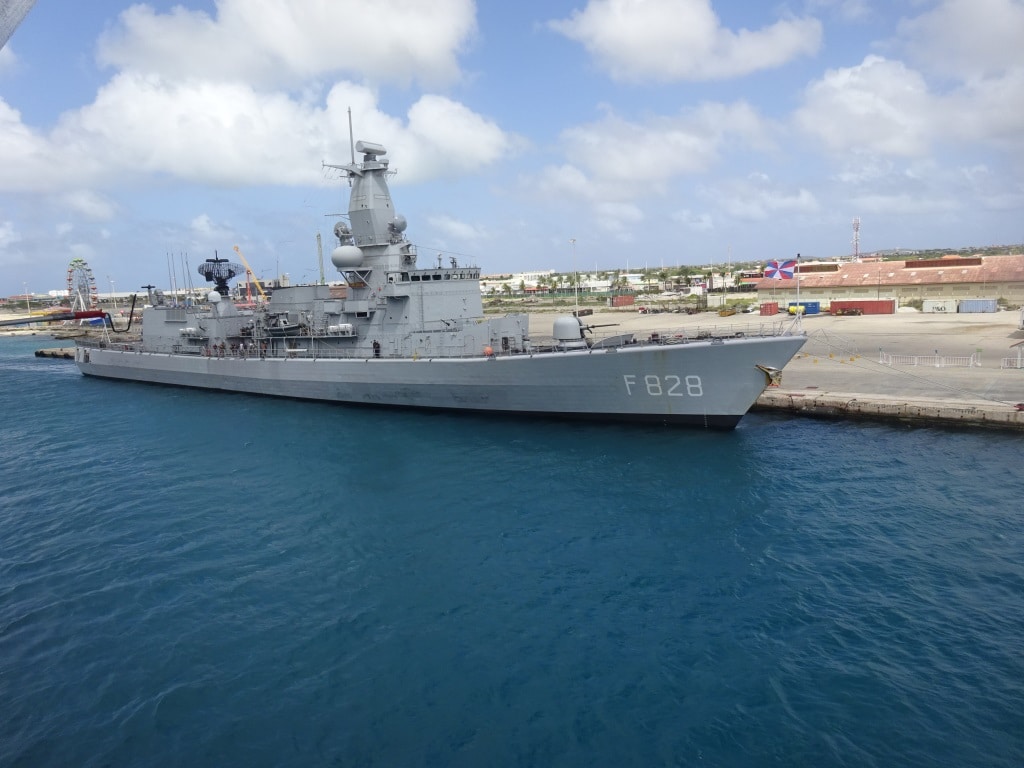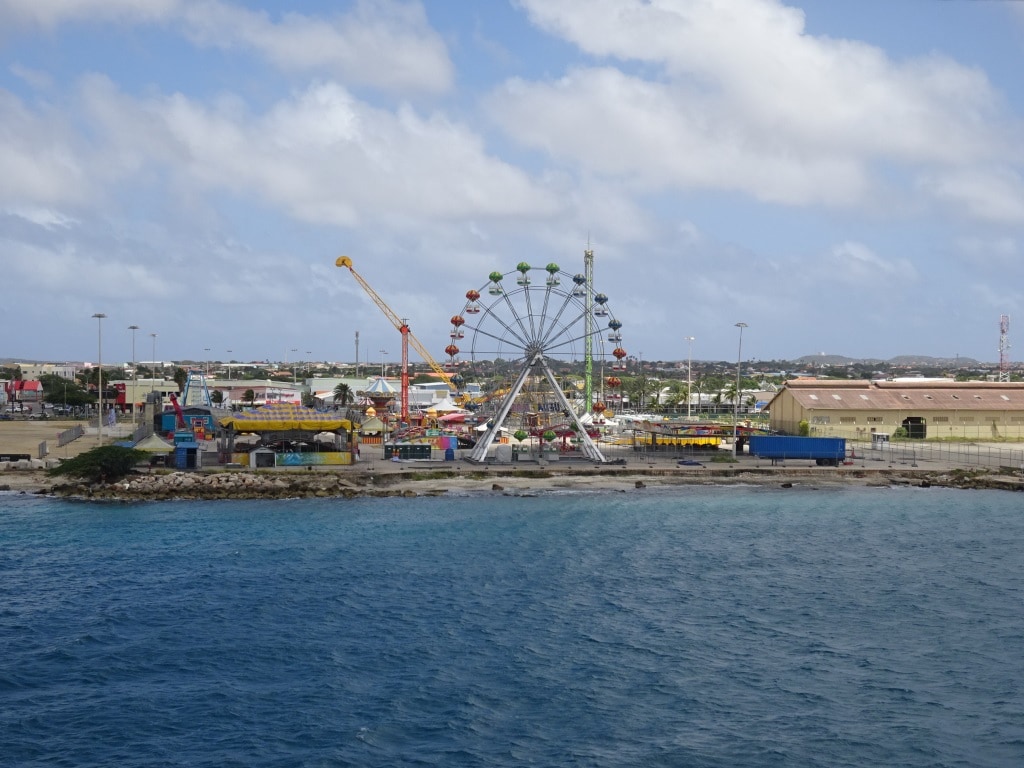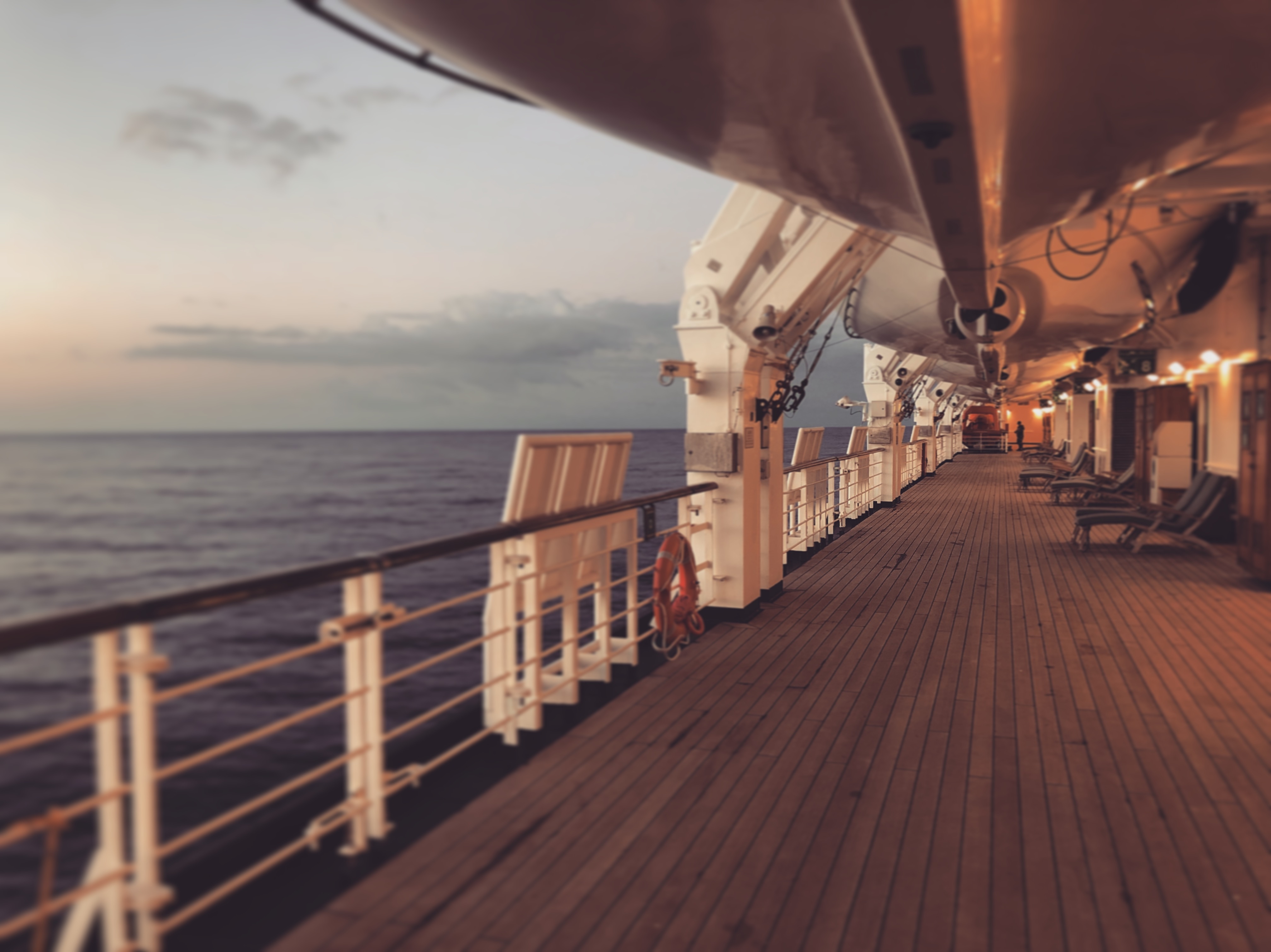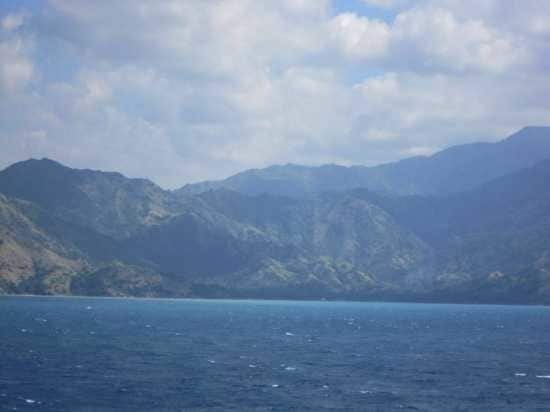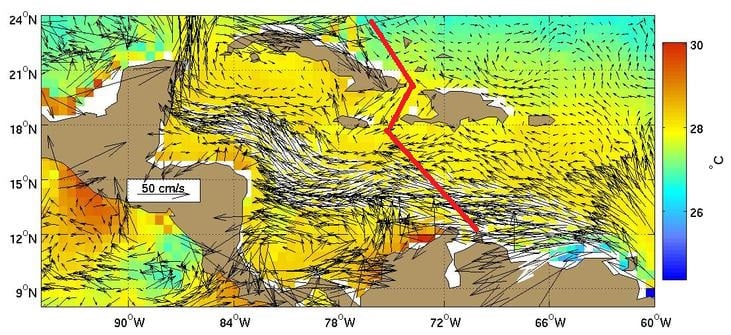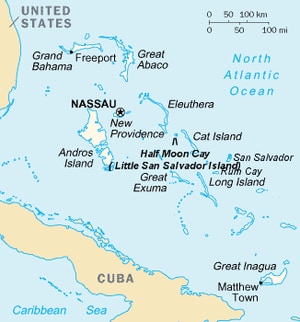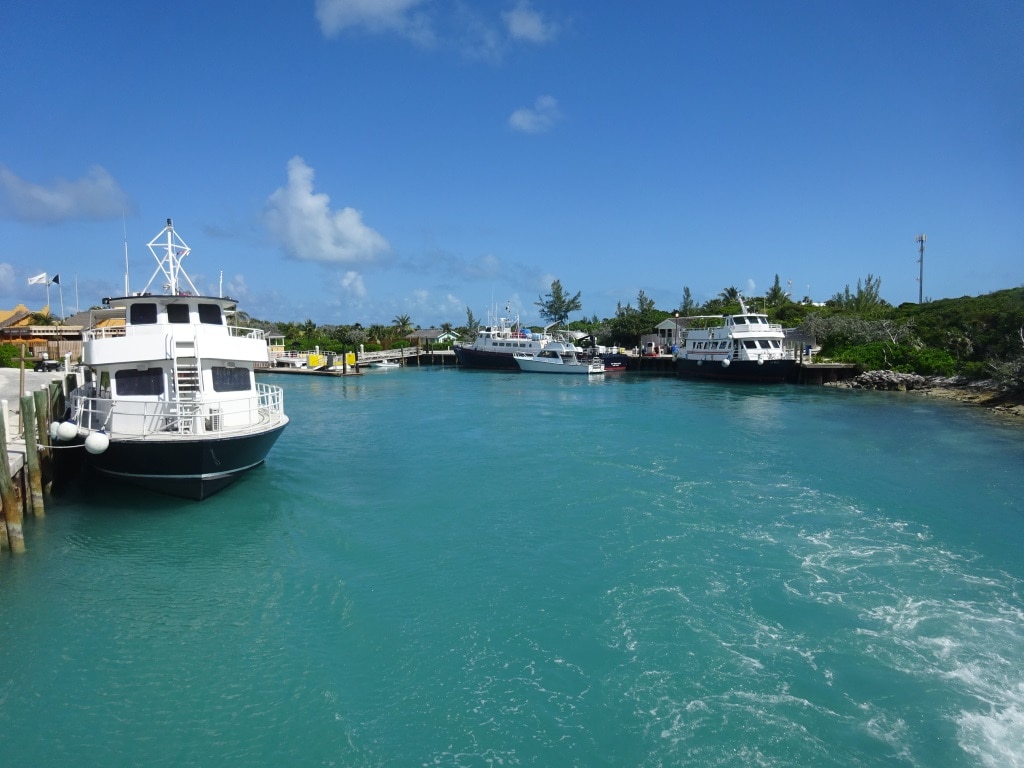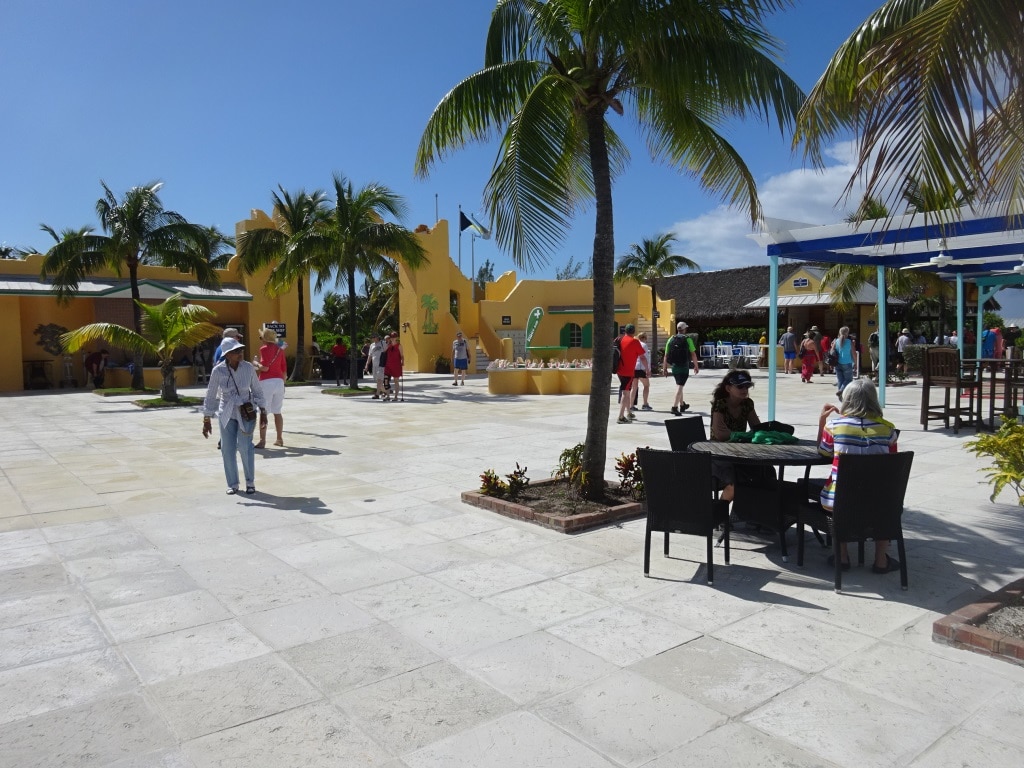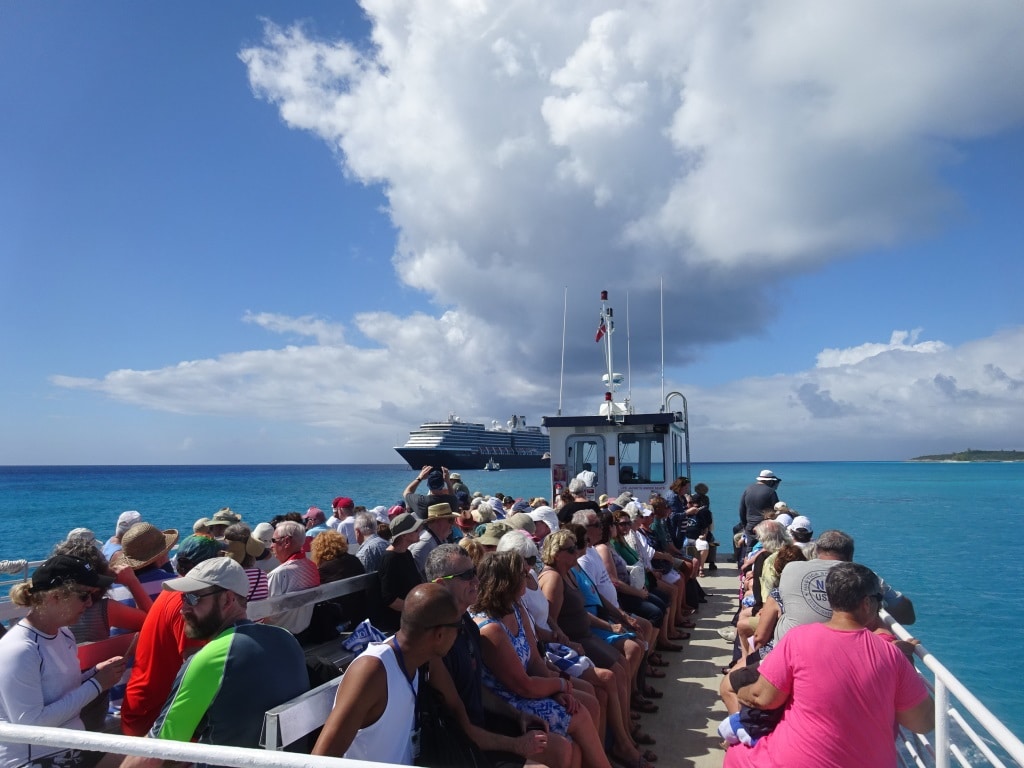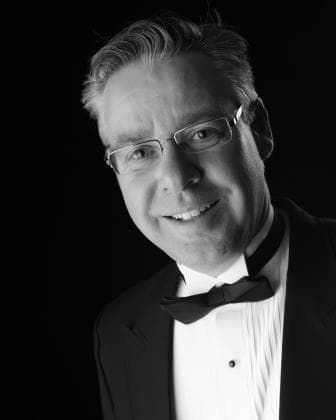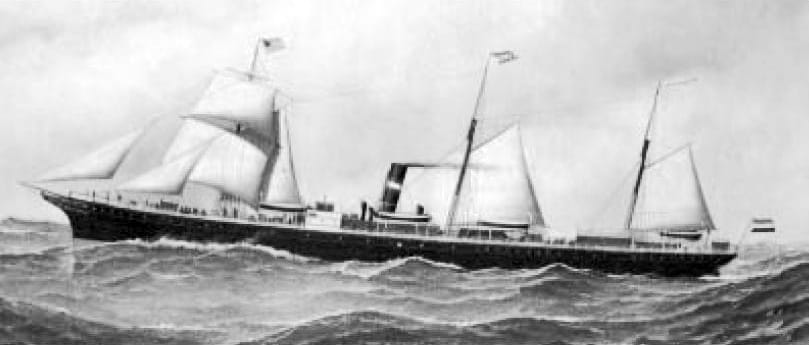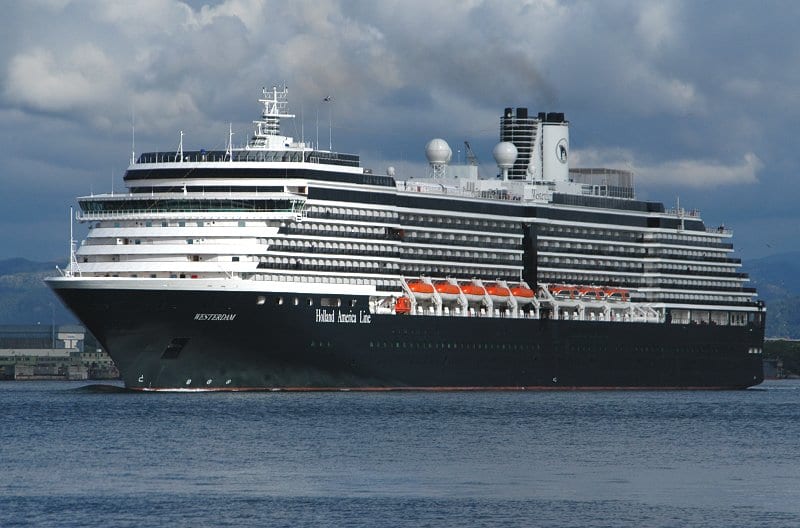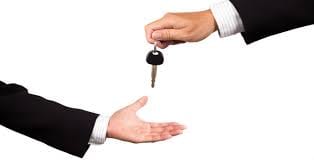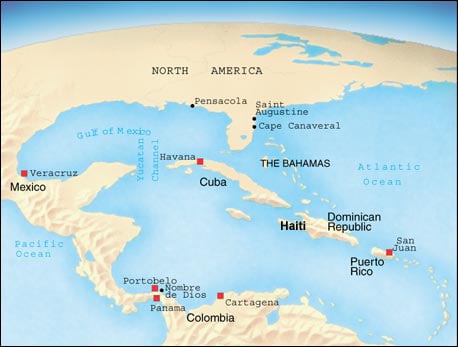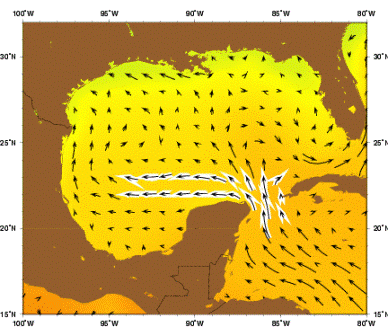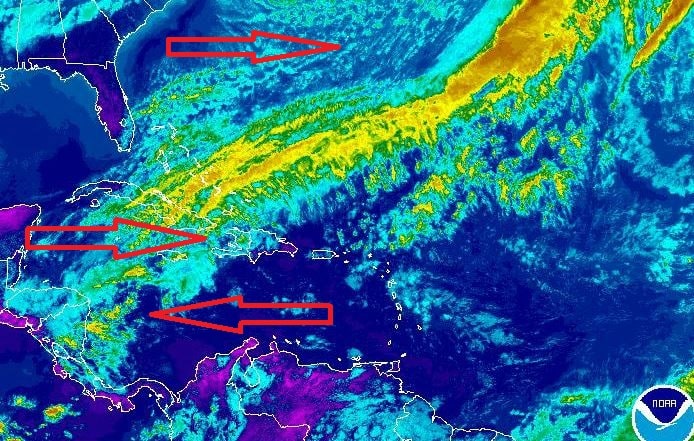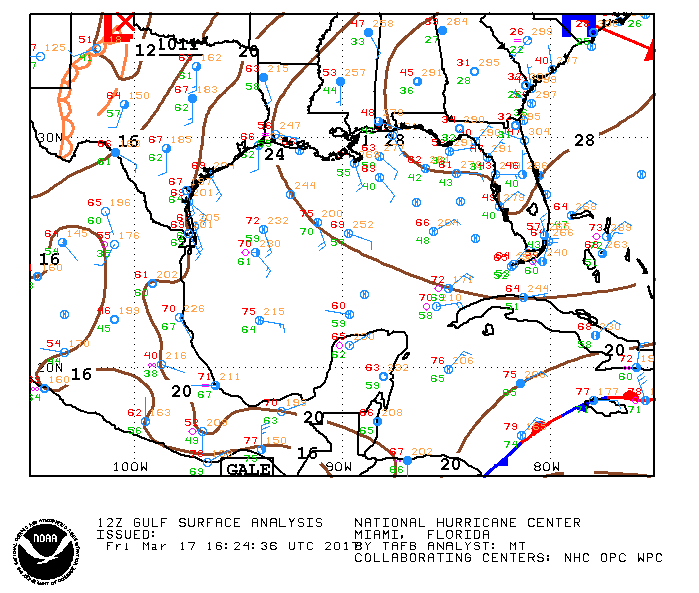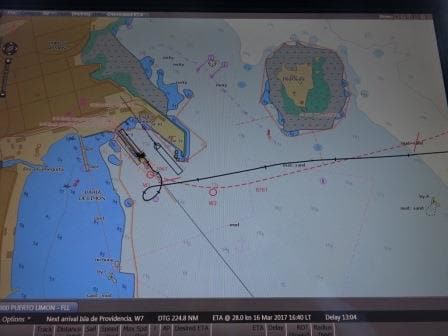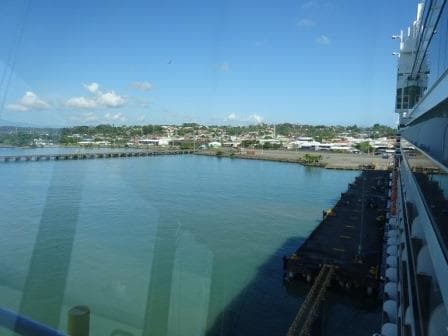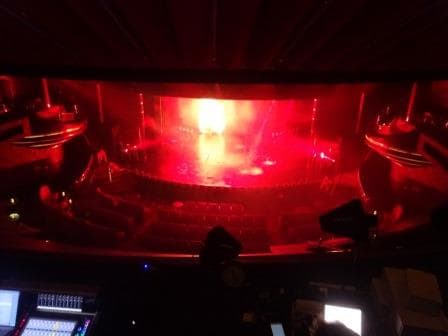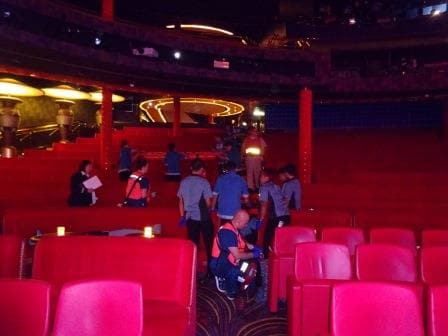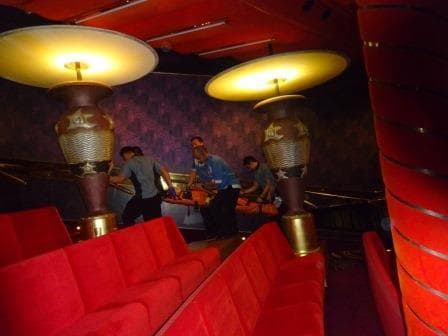Happy faces all around on the bridge this morning; the wind had dropped below 15 knots and that gave no headaches for getting into Willemstad. If we are the only ship a Vista Class size will dock at the Mega Pier 1 or 2, outside of the port. But today there was also the Costa Magica and the Norwegian Dawn in and they are bigger so they went to the mega piers. Better for the blood pressure of the captain, less good for the guests as it is a much longer distance to walk to the town. A Vista Class size ship is about the maximum size ship that can go safely into the entrance and dock downtown. But as the cruise ships nowadays tower above the port and the houses, they also catch all the wind, and in the entrance there is not much room to drift. So there is a maximum wind you can allow for when going in.
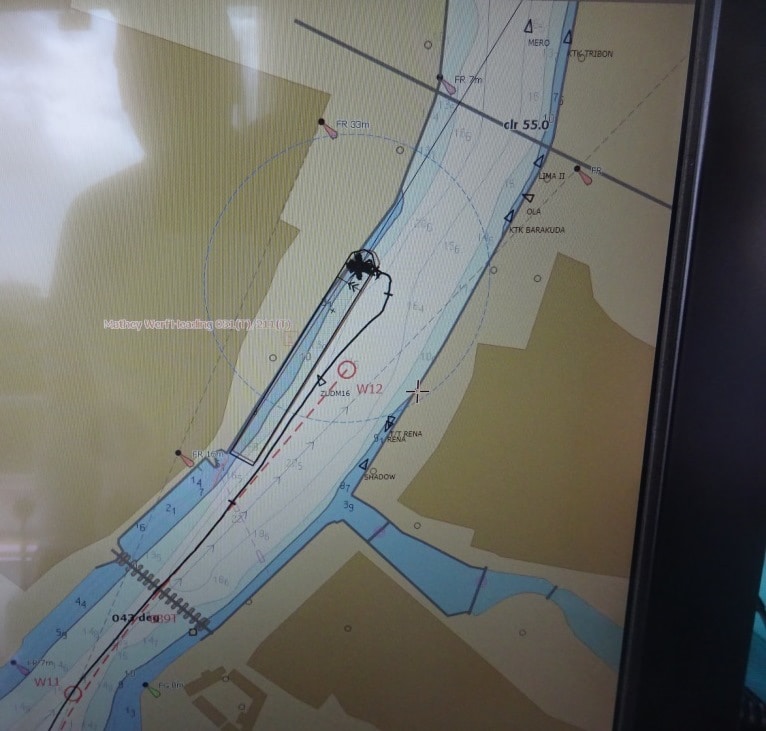
The red line is the optimum way in. You can see that we stayed almost perfectly on the line coming in. So the counter course against the current was good. Then almost at the dock, the ship was stopped with the bow heading towards the middle of the bay, and then the ship was moved over to the dock. The little dots on the lower left are the indications for the pontoon bridge, but we did not sail through them, the bridge opened on time.
Willemstad is a difficult port to start with anyway as there is normally a strong current running from East to West right under the entrance to the port which is called the St. Anna Baai. The deep water port behind it is called the Schotte Gat. Nice Dutch names. So you cannot sail under a straight line into it, you have to adjust for the set of the current. Today the current was not that strong but I have seen instances of up to 3 knots and then even the local pilots get nervous. But today the wind was reasonable and the current was reasonable and the Zuiderdam made it from pilot station to the dock within 10 minutes. If you have planned right, it is straight in, a course change to starboard, put the brakes on and go alongside. The challenge is not to hit anything while going in.
And there is always a lot of stuff around. Yachts and suppliers docked on the East side and on the West side there is the pontoon bridge which has to be opened to let ships in and out. The whole bridge is moved to one side and it makes the entrance somewhat smaller again. We cannot turn here. The bridge over the St.Anna Baai is too low for our class ship so tonight we will back out of the port as fast as possible. To counter act for the current we will go almost over to the East Side and then give full astern power and build up speed to about six knots. The faster we go, the less grip the current will get on the ship and the more clearance we will have left when the bow is moving out of the entrance as the last part of the ship.
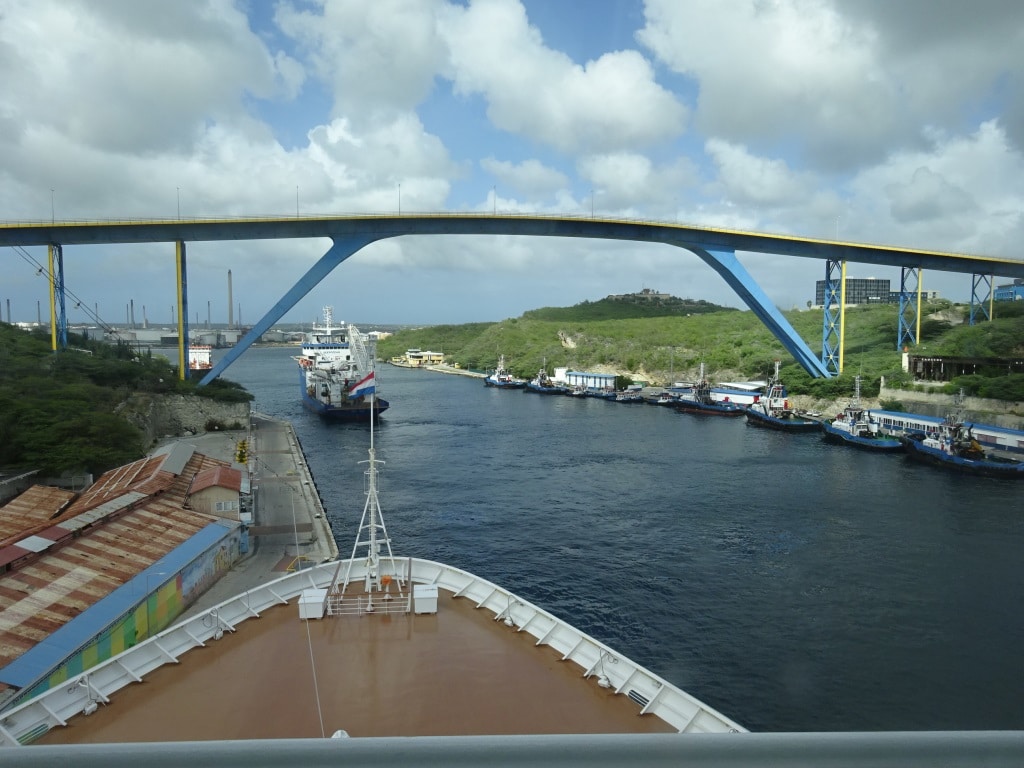
If this Koningin Juliana Bridge had not been there, we would have had a plan B; could have sailed all the way into the inner harbor, swing around there and come out again. But life is never perfect and as cars are not allowed on the pontoon bridge, they built this one. The ship seen under the bridge is a supply vessel for the oil rigs off the Venezuelan coast.
Because we cannot sail pass the dock here, due to the bridge, the captain does not really have a plan B. In Aruba yesterday we could go up to 35 knots and if it had not worked, we would have sailed out of the port again via the exit to the East. This plan B does not work in Willemstad so it has to work whatever your plans is and that means that the window of opportunity is a lot smaller as you can only do it with not too much wind.
Not that this bothered any of the guests. They all streamed out of the ship, walked over the Pontoon bridge right behind us straight into downtown. The unfortunate part was that there they found another 6000 eager shoppers from the two other ships. Most of our guests are repeaters, who have already been here before have bought the T shirt, and thus were back on board by lunch time. Willemstad is also a nice place to look at from the ship with all the brightly colored houses. I do not believe that there is any restriction on the choice of color, although a pilot told me last year that the local council frowned upon the use of florescent pink.
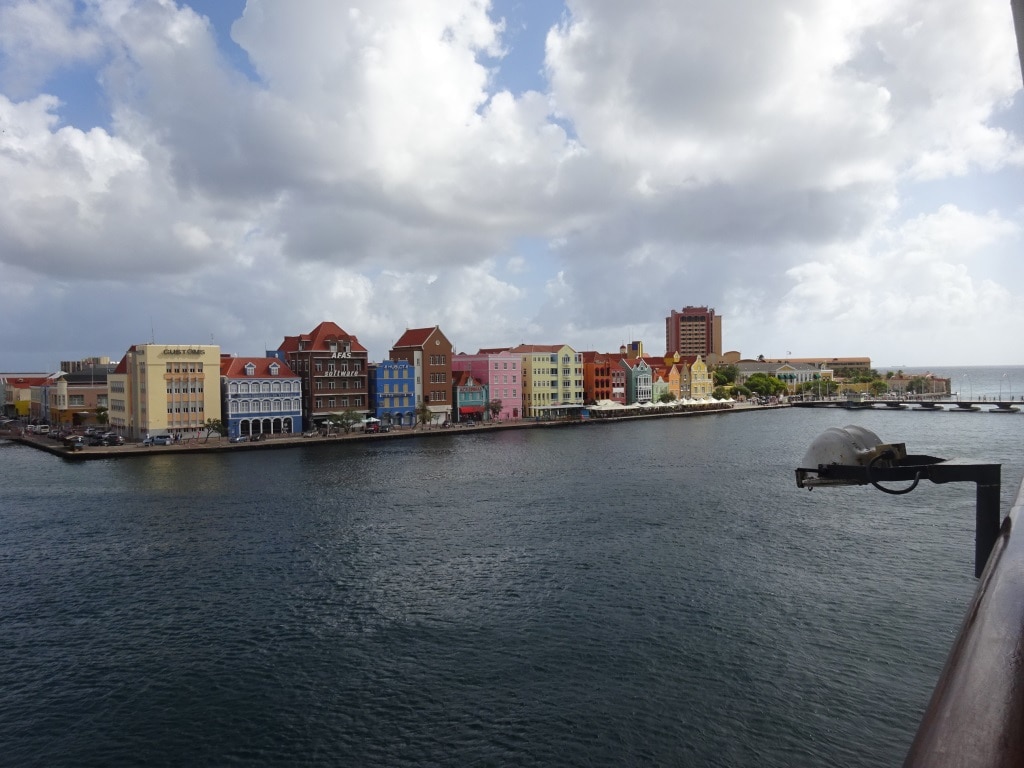
The colorful world of Willemstad. This is Punta, the main down town area. Then to the right we have the Koningin Emma pontoon bridge which leads to Otrabanda where the Zuiderdam is docked. That area is as colorful and was really re-developed with the money that the cruise business pumps into the Islands.
Tomorrow we are at sea; sailing north of Venezuela and later north of Colombia on our way to Cartagena. We will have wind and swell behind us so it should be pleasant on the deck. But we might have a bit of movement (every ship has the same problem in this part of the world) as the swell will catch the stern on the sb. quarter and that can result in a sort of corkscrew motion. And the stabilizers cannot do much about it as it is not really a rolling movement.
